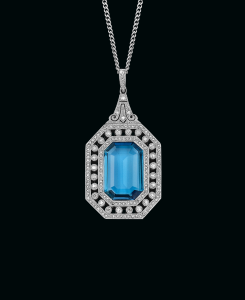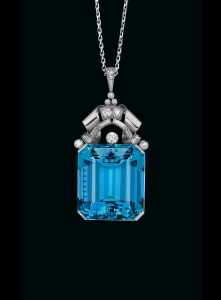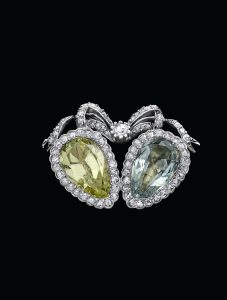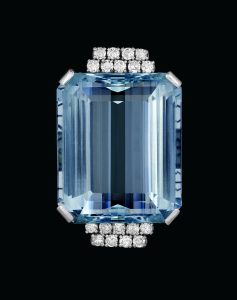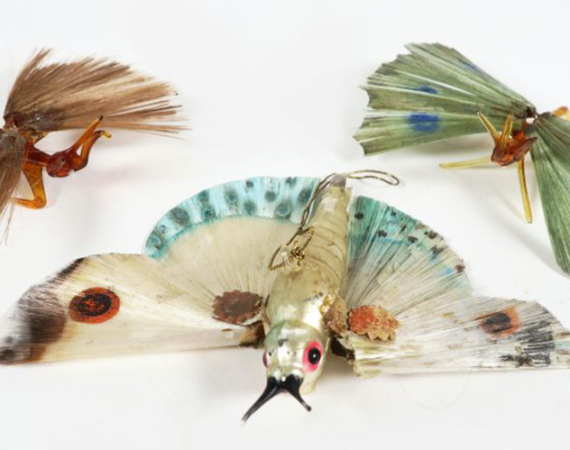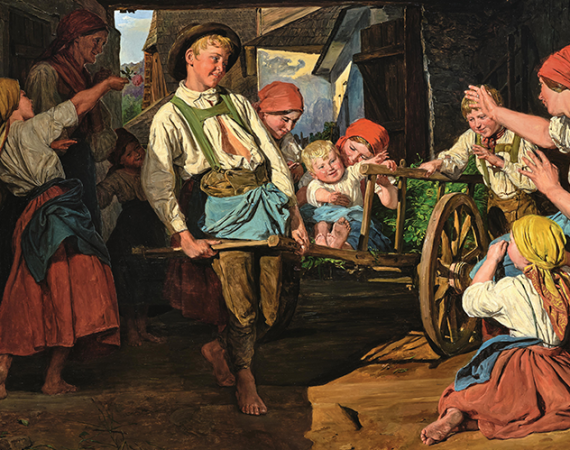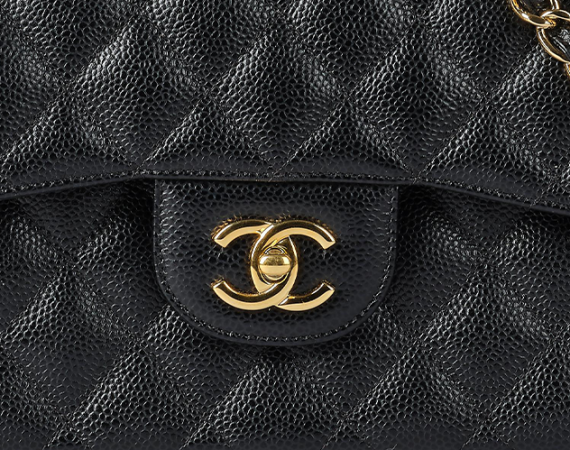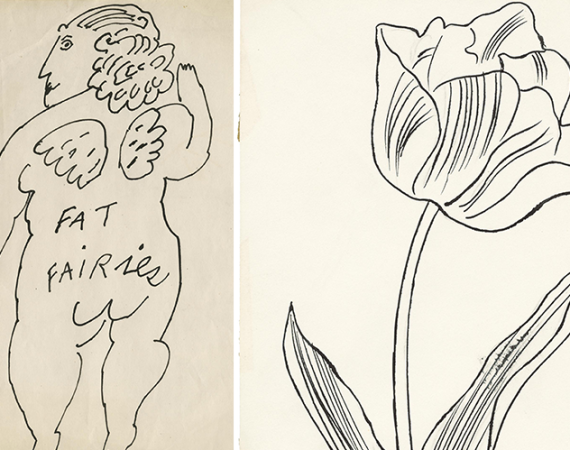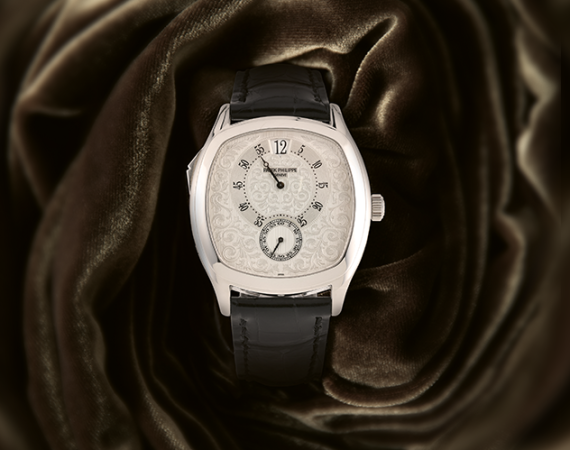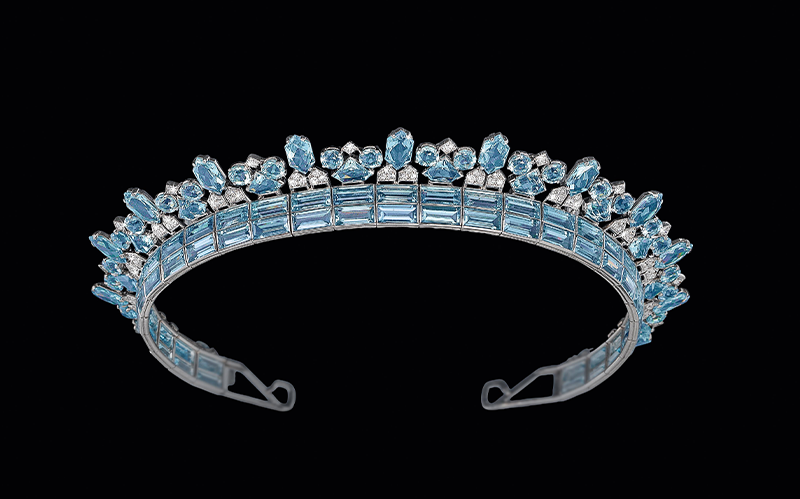
Prized both as gems and as healing stones, aquamarines go back a long way in history. As part of the Crown Jewels of Queen Elizabeth II they were the focus of public attention. Fashioned into pendants, rings and brooches, they are among the highlights of the exquisite jewellery auctions at Dorotheum.
With their countless nuances, their varying shades of the colour blue, and their typical cool lustre, aquamarines bring to mind the surge and depths of the sea. Water is not only the eponym of the aquamarine; its very existence was ascribed to the god of the sea himself, Poseidon, who is fabled to have created it out of sea water. It was revered in antiquity as a talisman for fishermen and mariners, although it is of course unlikely that many of them could afford such a treasure.
Tradition had it that the aquamarine was able to transform enemies into friends and even protect its wearer from being poisoned. The Roman scholar Pliny the Elder ascribed healing powers to it, as did the German mystic, Hildegard von Bingen, more than a thousand years later. Tumble-finished and worn directly against the skin, it has been used for centuries not only as a piece of jewellery but also to strengthen the immune system and prevent colds.
Moreover, the aquamarine is extremely popular as a lovers’ stone, and thus is a coveted gift. Meghan Merkle, for instance, wore an aquamarine ring the day she married Prince Harry. It came from the possessions of his late mother, Diana, Princess of Wales. Finally, according to a belief widely held since the Middle Ages, aquamarines are supposed to guarantee their owners a happy marriage.
The aquamarine has some famous siblings in its mineralogical family: the green emerald, the pink morganite, the golden-yellow heliodor and the incredibly rare red beryl. They are in fact all varieties of the beryl, a mineral of the class of silicates and germinates. The blue of the aquamarine has a palette ranging from pale blue or greenish hues to rich blue tones. This is caused by the presence of iron, whereas chrome is the colouring element for the green of the emerald.
Whether the more subtle colour of beryl betrays a higher chrome – or indeed iron – content can only be detected with the help of complex testing devices. The distinction between emerald and aquamarine is the subject of controversial debate, even among experts. Ultimately, the choice of colour depends on individual taste.
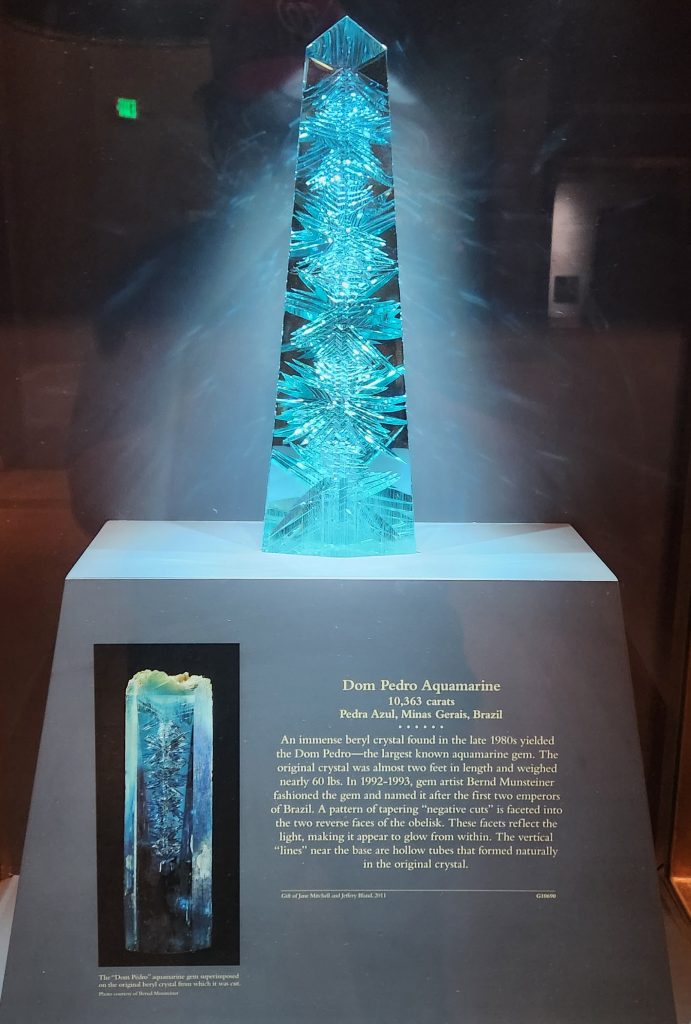
National Museum of Natural History,
Smithsonian Institute, Washington DC
© General Kipicus, CC0, via Wikimedia Commons
Aquamarine deposits are distributed on several continents. Historically, the most important spots are found in Brazil, but also Nigeria, Madagascar, Sri Lanka, China and India can boast occurrences of their own.
Like all beryl stones, the aquamarine has a hexagonal crystalline structure. Its high degree of hardness and its wondrous lustre have inspired stone cutters to produce extraordinary creations, the most popular being the emerald or teardrop cut. The world’s largest aquamarine is the Dom Pedro. It was mined in 1980, in the Minas Gerais, Brazil, and originally weighed 27 kilograms before being cut by the German stone cutter Bernd Munsteiner into a unique obelisk. Today it is nothing less than the “showstopper” in the National Museum of Natural History of the Smithsonian Institute in Washington DC.
An abundance of aquamarines fashioned into breathtaking jewels is also hoarded in the treasure chests of European royal houses. Pride of place among the most sumptuous aristocratic aquamarine collections must be given to that of Queen Elizabeth II of England. On ascending the throne in 1953, she received an aquamarine set of necklace and earrings from the then President of Brazil. This set was augmented five years later by further gifts – a brooch and a bracelet. The Queen completed the set with a custom-made crown. For decades, the set was one of Queen Elizabeth II’s favourites; she wore it frequently on official occasions. During the preparations for the coronation of her father, King George VI on 12 May 1937, Cartier London was commissioned to create 27 tiaras, not only earning the jewellery house gratifying income during a difficult economic period, but also sparking off a genuine boom in tiaras, and particularly in aquamarines.
Its cool lustre and the clear aquatic blue lend the stone its extravagance. Fashioned into pendants, rings, brooches and much more, the aquamarine never fails to take the spotlight among jewels.
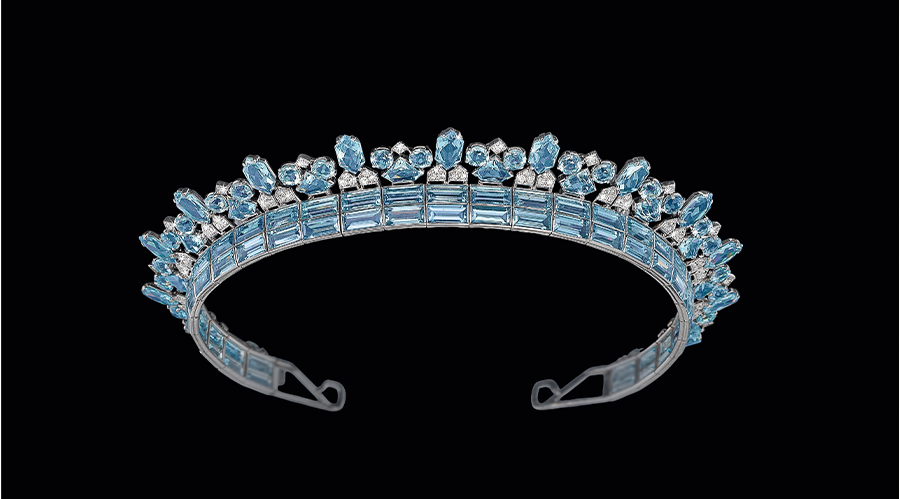
AUCTION
Exquisite Jewels, 21 November 2024, 1 pm
Palais Dorotheum, Dorotheergasse 17, 1010 Wien
20c.paintings@dorotheum.at
Tel. +43-1-515 60-358, 386

